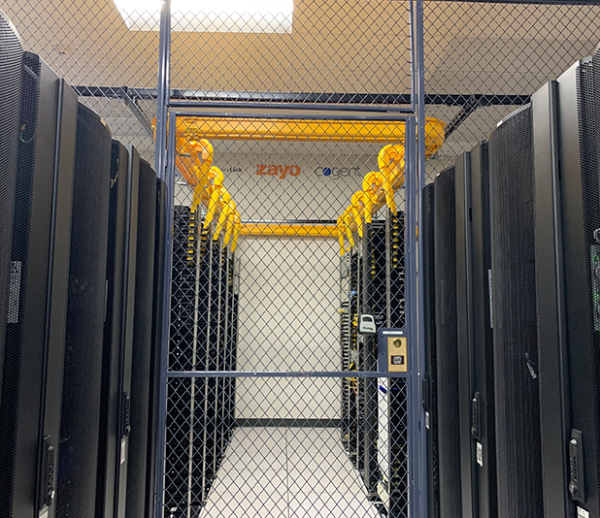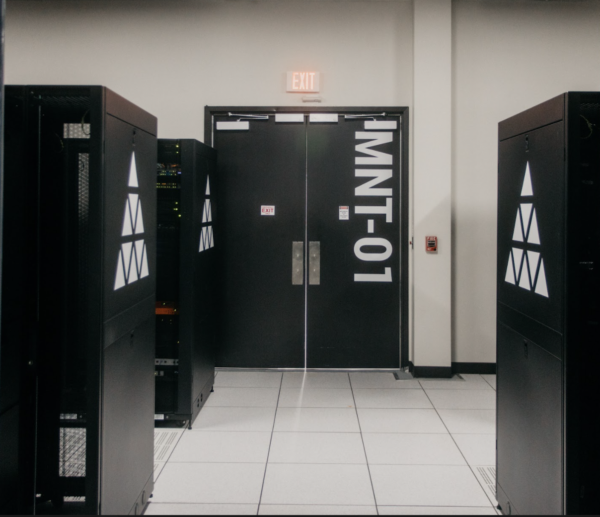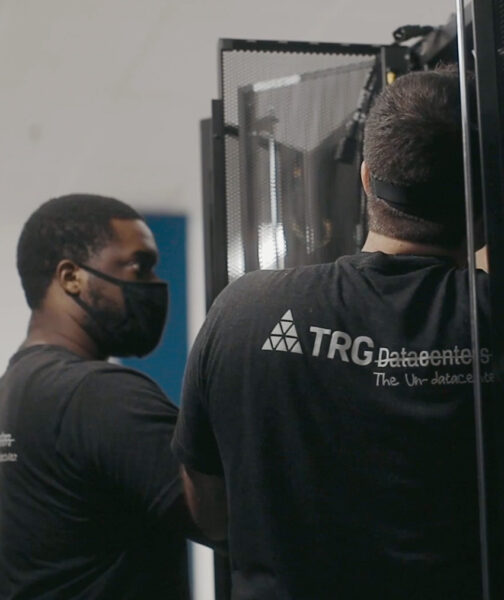In 2025, open source large language models aren’t just tools—they’re core infrastructure. Companies building products with AI, teams doing foundational research, and engineers creating next-gen applications now rely on open source LLMs for speed, flexibility, and control. With constant releases and performance improvements, it’s hard to know which models matter and why. Here’s a grounded look at where things stand now.
Why Open Source LLMs Are Dominating
The open source ecosystem has caught up with proprietary models in many core areas. This shift isn’t just philosophical—it’s strategic. Open source LLMs give companies full access to weights, architecture, training code, and in some cases, even datasets. That unlocks real customization. You can fine-tune a model for your own product, scale it privately, or deeply inspect its behavior for reliability.
More importantly, the open source LLM race isn’t being driven by one player. Meta, Mistral, DeepSeek, AI2, and others are pushing the boundaries every quarter. There’s no single winner here. What you choose depends on your goals—raw performance, memory efficiency, multilingual support, or research-grade transparency.
LLaMA 3.1 by Meta: Leading the General-Purpose Pack
Meta’s LLaMA 3.1 is the most complete general-purpose open source LLM available today. The 405B variant shows that open source can scale up to the same levels as models like GPT-4. For companies with the infrastructure to support it, LLaMA 3.1 offers depth, performance, and compatibility with common open source tooling.
Meta has also released smaller variants, including a 70B and 8B model, making LLaMA 3.1 adaptable to different use cases. The 70B version balances speed and capacity well, working for mid-scale applications without the operational overhead of massive models. The 8B version runs locally or on smaller clusters, ideal for rapid prototyping or product integrations where latency and cost matter.
DeepSeek-R1 and DeepSeek-MoE: MoE Architecture Done Right
DeepSeek’s R1 model, with its 671B parameter count, is one of the most powerful open models currently available. Unlike previous attempts at large-scale MoE models, DeepSeek has optimized activation rates and routing to keep compute usage manageable. For companies looking to experiment at frontier-scale without relying on closed APIs, DeepSeek-R1 is a credible choice.
More interesting from an efficiency standpoint is DeepSeek-MoE 16B. It only activates 2.7B parameters per token, which means it can deliver strong performance with far lower compute requirements. This makes it a compelling option for companies fine-tuning domain-specific models—like law, medicine, or finance—where focused expertise beats raw generalization.
Mistral 7B and Mistral Large 2: Performance Without Bloat
Mistral’s models have earned a reputation for technical refinement. The original Mistral 7B is still one of the best compact models, and it has proven highly effective in edge applications and environments with limited memory. If you’re building AI tools for mobile or embedded systems, this model runs fast and holds context surprisingly well for its size.
For enterprise-grade tasks, Mistral Large 2 is a standout. At 123B parameters, it delivers robust reasoning, long-form generation, and cross-domain performance without requiring the largest clusters. It’s well-suited to companies scaling up internal copilots, automated analytics tools, or large-scale content systems.
Falcon 180B: Fast Inference at Scale
The Falcon series, developed by the Technology Innovation Institute, made its name by prioritizing efficient inference. Falcon 180B doesn’t aim to be the most creative or dynamic model, but it performs very well on structured tasks. In sectors like legal, finance, and data-heavy enterprise workflows, that matters more than novelty.
If your company is handling long documents, summarization, or QA at scale, Falcon offers stability and speed. Its design supports quantization well, making deployment easier and cheaper than many models of similar size.
Qwen 2.5: Multilingual and Multimodal Power from Alibaba
Qwen 2.5, especially the 72B variant, is designed for real-world diversity. Multilingual capabilities are critical for global applications, and Qwen handles them better than most. If your company operates across regions, it’s a strong choice for localization, translation, and international support systems.
Its multimodal potential is also worth noting. Combining text and image input, Qwen opens up applications in retail, education, and digital assistants where visual context is part of the user experience.
PaLM 2: Google’s Quietly Capable Contribution
While not fully open in the strictest sense, PaLM 2 remains an important model in this conversation. It performs well across languages and modalities, and developers who prioritize integration with Google’s stack may prefer it over other options. PaLM 2 isn’t bleeding-edge anymore, but it still holds up in scenarios requiring mature APIs, especially in education and enterprise R&D.
OLMo by AI2: Full Transparency for Research and Auditability
OLMo isn’t chasing the biggest benchmarks—it’s setting a new standard for openness. By releasing not just weights, but also training data, code, and evaluation benchmarks, AI2 has created a research-grade model for experimentation, validation, and scrutiny. If your company is working on explainable AI, AI ethics, or academic-style research, OLMo is the most complete open source package available.
Transparency also supports auditability, which is becoming a regulatory necessity in industries like healthcare, law, and insurance. With OLMo, you can trace exactly how a model was built and replicate it in full.
Grok-1 from xAI: Creative, Offbeat, and Built for Engagement
Grok-1 is Elon Musk’s answer to conversational AI that doesn’t take itself too seriously. Built by xAI, Grok emphasizes personality, humor, and casual tone. While not suited for traditional enterprise tasks, it stands out in creative industries—gaming, marketing, entertainment—where character and voice matter as much as accuracy.
If your product aims to build engaging user experiences with a distinct tone, Grok-1 might be worth exploring. It’s not the most versatile model, but it’s one of the most fun to use.
Choosing the Right Model Comes Down to Fit
There’s no single best open source LLM. The right one depends on your team’s goals, infrastructure, and domain. If you’re optimizing for resource efficiency, Mistral 7B or DeepSeek-MoE deliver strong performance at low cost. If you’re scaling complex systems, LLaMA 3.1, Falcon 180B, or Mistral Large 2 are worth the investment. For research, OLMo gives you transparency. For creative work, Grok offers personality.
The good news is the ecosystem is stable enough to pick a model and build around it. Most of the major models have active communities, tooling, and documentation. Compatibility with frameworks like Hugging Face Transformers, vLLM, and OpenLLM ensures deployment won’t be a bottleneck.
What to Expect Next
Over the next few months, you’ll likely see open source LLMs continue to shrink the gap with proprietary models in long-context understanding, multimodal reasoning, and agent-style memory. More models will push toward efficient fine-tuning with methods like QLoRA and MoE routing. And larger companies will release their own open-weight models to stay competitive in the talent and adoption race.
For founders, CTOs, and researchers, now is the time to lock in your LLM stack. Choose a model that aligns with your goals. Invest in tooling that scales. Build with openness, flexibility, and performance in mind. The edge is moving fast—but with the right model, you’re already in the game.
Looking for GPU colocation?
Deploy reliable, high-density racks quickly & remotely in our data center
Want to buy or lease GPUs?
Our partners have H200s and L40s in stock, ready for you to use today







